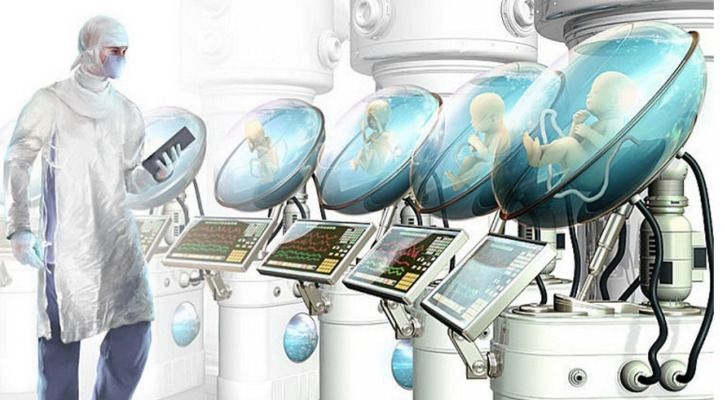Babies Grown Outside the Body—Are We Ready?
Imagine a world where pregnancy no longer requires a human womb. Where premature babies continue developing in artificial incubators, and couples struggling with infertility can grow their child in a lab. This isn’t science fiction—it’s the imminent future of bioengineering. By 2030, synthetic wombs could revolutionize human reproduction, but are we ethically and socially prepared?
From successful lamb trials in 2017 to upcoming human trials by 2025, artificial womb technology is advancing rapidly. But with it comes profound questions: Will this redefine parenthood? Could it eliminate pregnancy risks—or create new inequalities?

From Lambs to Humans: The Science Behind Synthetic Wombs
In 2017, researchers at the Children’s Hospital of Philadelphia (CHOP) made headlines by growing premature lambs in biobags—fluid-filled, artificial wombs that mimicked a natural uterus. The lambs developed normally, breathing amniotic-like fluid and even growing wool.
Now, scientists are scaling this technology for humans. By 2025, we may see the first human trials for extremely premature infants (as early as 21-24 weeks). If successful, synthetic wombs could:
✔ Save premature babies (currently, survival rates at 22 weeks are under 10%).
✔ Help women with uterine infertility carry biological children.
✔ Reduce pregnancy complications, from preeclampsia to C-section risks.
But the bigger question looms: Could full-term pregnancies someday occur entirely outside the body?
The Ethical Firestorm: Who Controls the Future of Birth?
Artificial wombs could be a medical miracle—or a dystopian nightmare, depending on who you ask. Key ethical debates include:
1. “Ectogenesis” and the End of Natural Pregnancy?
If synthetic wombs become mainstream, will pregnancy become optional? Some feminists argue this could liberate women from biological burdens, while others fear it might pressure women to avoid pregnancy altogether.
2. The Inequality Problem
Will this tech be only for the wealthy? If artificial wombs cost hundreds of thousands, could we see a future where only elites use them, widening social divides?
3. Designer Babies & Genetic Engineering
Combined with CRISPR gene-editing, synthetic wombs might allow “perfecting” babies before birth. Should we allow parents to customize intelligence, looks, or immunity?
4. Legal Parenthood in a Post-Womb World
Who is the “mother” if a baby is grown in a lab? The egg donor? The person who commissioned it? Laws are far behind the science.
2030 and Beyond: A New Era of Human Reproduction?
By the end of the decade, synthetic wombs could transition from medical lifesavers to mainstream reproductive options. Possible scenarios include:
🔹 IVF clinics offering artificial gestation as an alternative to traditional pregnancy.
🔹 Governments regulating “womb pods” to prevent unethical use.
🔹 Military or space agencies using artificial wombs for off-world colonization.
Yet, the biggest challenge isn’t technology—it’s human acceptance. Will society embrace lab-grown babies, or will fear of “playing God” slow progress?
Conclusion: The Future of Birth Is Coming—Fast
Synthetic wombs promise to save lives, redefine parenthood, and challenge our deepest ethical beliefs. As 2025 trials approach, we must ask: Are we ready for a world where babies don’t need mothers’ bodies to survive?
One thing is certain—the bioengineering baby revolution is no longer a “what if.” It’s a “when.”
What do you think? Should we accelerate artificial womb technology, or proceed with extreme caution? Let us know in the comments!
